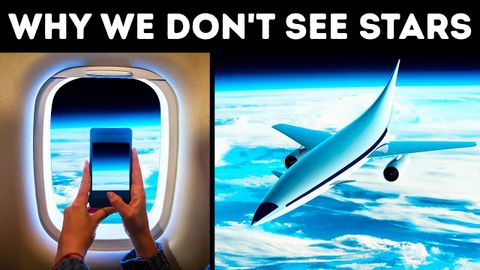
Subtitles & vocabulary
We Don't See Stars from a Plane for a Simple Reason
00
林宜悉 posted on 2020/03/23Save
Video vocabulary
eliminate
US /ɪˈlɪməˌnet/
・
UK /ɪ'lɪmɪneɪt/
- Transitive Verb
- To completely remove; to get rid of
- To remove from a contest by beating them
B1TOEIC
More properly
US /ˈprɑːpərli/
・
UK /ˈprɔpəlɪ/
- Adverb
- In an appropriate or correct manner
- In a way that is suitable or appropriate.
A2
More diabetes
US /ˌdaɪəˈbitɪs, -tiz/
・
UK /ˌdaɪəˈbi:ti:z/
- Noun (Countable/Uncountable)
- Illness where there is too much sugar in the blood
- A form of diabetes, usually diagnosed in children and young adults, in which the body does not produce insulin.
B2
More trauma
US /ˈtraʊmə/
・
UK /'trɔ:mə/
- Noun (Countable/Uncountable)
- A very severe or upsetting experience
- Serious injury to part of the body
B2
More Use Energy
Unlock All Vocabulary
Unlock pronunciation, explanations, and filters
